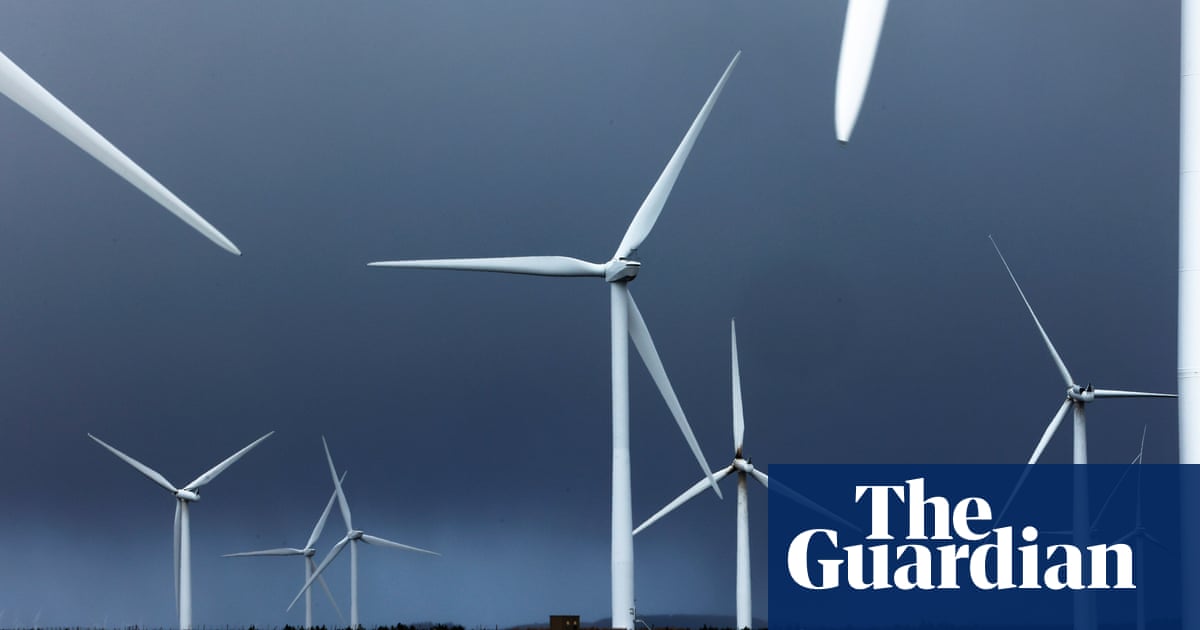Electricity ‘superhighway’ between Scotland and England to go ahead | Energy industry

Great Britain’s energy regulator has given the green light to a £3.4bn low-carbon electricity “superhighway”, which will carry renewable power for more than 300 miles from north-east Scotland to the north of England.
The first phase of the Eastern Green Link subsea power cable will have the capacity to transmit enough renewable electricity from Scotland’s windfarms to power 2m homes in England, according to Ofgem.
Work is expected to begin on the project, which is being developed by SSE in partnership with National Grid, later this year before it starts transmitting power by 2029. A second project, spearheaded by Scottish Power and National Grid, is expected to receive approval from the regulator within weeks.
The single largest investment in Great Britain’s electricity grid to date, which will be paid through energy bills, is the first of 26 big energy grid projects which the regulator, Ofgem, plans to fast-track so more homes can benefit from the UK’s growing number of offshore windfarms.
The plans are “vital to upgrade the energy system and allow more renewable energy to be brought on to the grid”, according to Ofgem. They also represented “a big step” towards the new government’s plan to create a net zero electricity system by 2030, it said.
Jonathan Brearley, the Ofgem chief executive, said: “Streamlining the process does not mean blank cheques for developers as we are able to step in and make financial adjustments to maximise efficiency and consumer benefit.”
The regulator is expected to approve record levels of power cable projects in the coming years to upgrade the grid so it can carry enough renewable electricity to meet Britain’s legally binding climate goals. However, the plans have raised concerns in many rural communities over the impact new transmission projects will have on the countryside.
Most of the Eastern Green Link cable project, which will run between Peterhead in Aberdeenshire and a new converter station at the Drax power station in North Yorkshire, will run under the seabed along Britain’s east coast.
after newsletter promotion
Only about 44 miles of the cable will be onshore but the regulator has approved plans to bury the cabling, which will connect to converter stations at either end to plug in to the grid, where it will connect to homes and businesses in Yorkshire.
Source link




